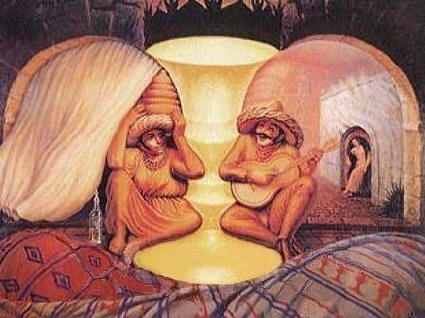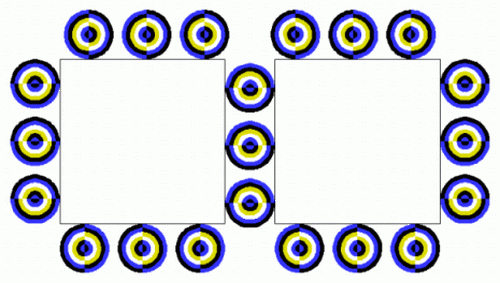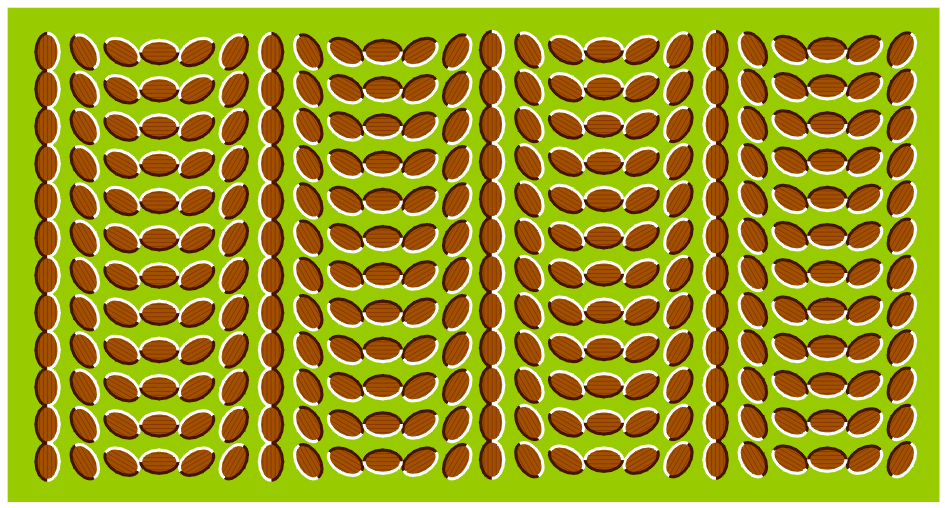
Optical Illusions are relevant to aviation in that the main guidance system of most aircraft on most flights is the pilot's eyes.

The brain has seven main parts, they are: the thalamus, the hypothalamus, the cerebellum, the brain stem, the corpus callosum, the two hemispheres, and the largest part of the brain, the cerebrum.

It acts like a switchboard, deciding what to do with the messages that come to the brain.

The hypothalamus controls our emotions such as happiness and sadness.

The cerebellum is the part of the brain that controls our muscles.

The brain stem is located at the back of the brain, right below the thalamus.

Your corpus callosum is able to send about twenty messages per second and routes them to various nerve cells called neurons.

The Scientists compare vision to an orchestra, where clusters of cells in different parts of the brain cooperate to process different components of visual information such as vertical or horizontal orientation, color, size, shape, movement, and distinctions between overlapping objects.

The MIT research focused on an area of the cerebral cortex, the outer layer of gray matter that envelops the entire brain called the primary visual cortex, also known as V1 and Area 17 of the brain.

Using optical imaging techniques to record visual responses in cats, the researchers found that V1 can also process optical illusions and other complex images.
No comments:
Post a Comment